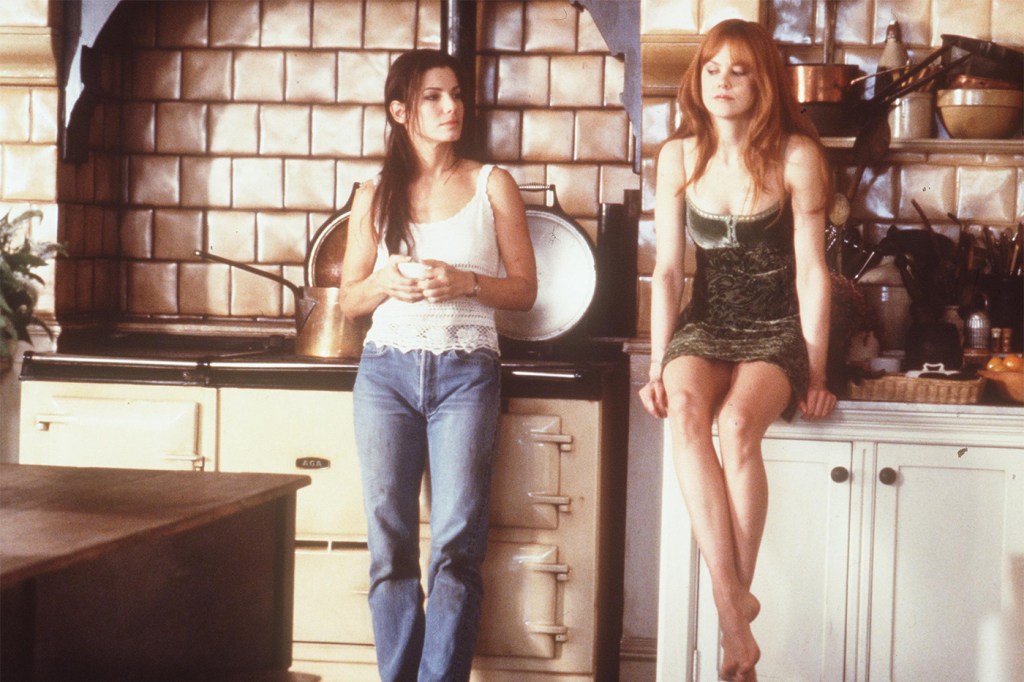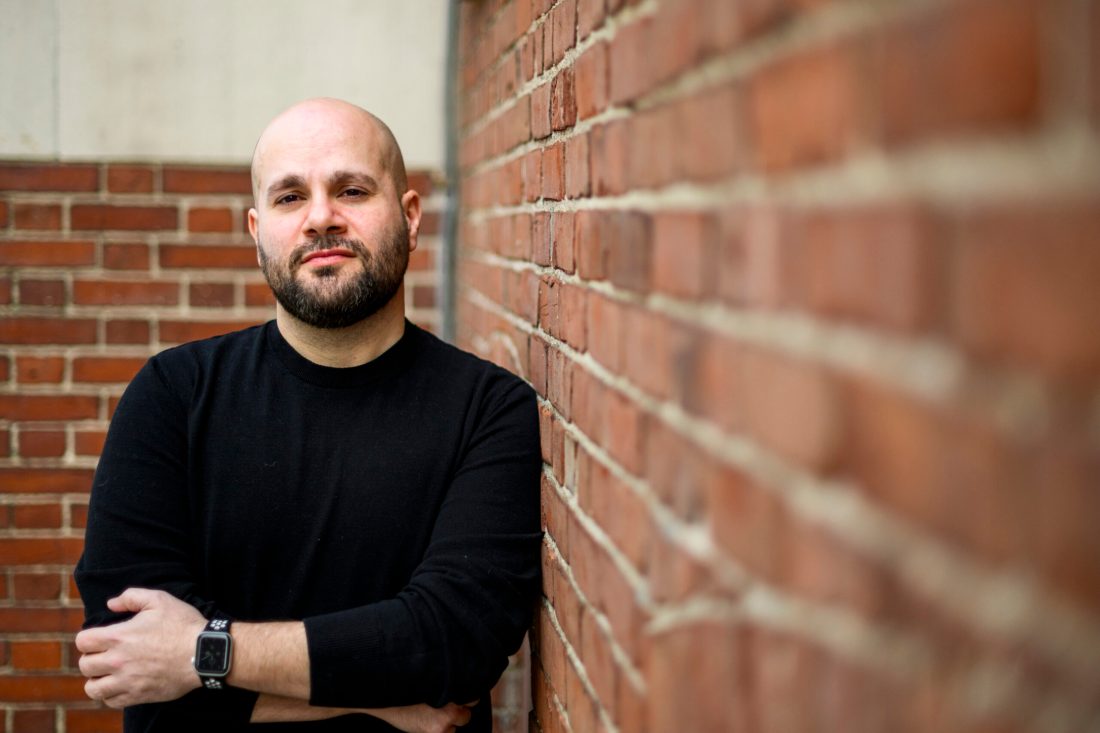Why are there so many sequels and reboots these days?
Northeastern pop culture expert says these reboots tap into existing audiences, inspiring subscribers on streaming services and incentivizing new subscribers.

Scrolling through streamers and local movie listings, you might get a sense of deja vu due to the sheer amount of sequels, spinoffs and other series that dominate media markets.
In the last few months, there’s been talk of sequels for the 1998 classic “Practical Magic” and the ’90s sports movie favorite “Happy Gilmore.” Production has begun for a third season of “And Just Like That,” a “Sex and the City ” spinoff. Meanwhile, cinephiles can catch follow-ups to “A Quiet Place,” “Inside Out,” “Twister” and “Despicable Me” in theaters in the next few months.
Why does it seem like everything gets a sequel, spinoff or remake these days?
“Part of the reason you see so many reheated intellectual properties has to do with (the availability of) many different delivery methods and so many different audiences,” says Steve Granelli, a pop culture expert and associate teaching professor of communication studies at Northeastern University. “There’s this hunger to fill up the hard drive of each of these streaming services.”

But there’s also a financial incentive behind rebooting classic shows like “Full House” and “One Day at a Time.” These shows tap into existing audiences, inspiring existing subscribers on the streaming services they hit and perhaps even incentivizing new subscribers to come on board.
“Part of the way you can bet that something has a long shelf life or will at least hit with some audiences is by playing off of the audience that you already know has consumed this in the past,” Granelli says. “We know that if we’re redoing ‘Happy Gilmore,’ there’s a few different audiences that are going to take that in.”
But a reboot isn’t a surefire way to totally win audiences over. The short-lived reboot of “Gossip Girl” likely had the lifespan it did because it didn’t capture the original audience the same way without the one-liners and soapy drama people came to love.
Featured Posts
“I think a lot of it comes down to ‘Has this show’s audience grown in the time that it has gone off the air, yet still available for people to watch?’” Granelli says. “If the audience’s grown, then yes, there’s going to be interest. But then if we do, we’re rebooting it in a time that’s very different. This might be cynical of me, but I think that the reason to reboot isn’t like ‘Wow, it’s going to be interesting to see what these characters look like in a new and modern perspective.’ I don’t think it’s the driving factor.”
But some shows, like the “Gossip Girl” reboot, lean too hard into this idea and don’t bring in what people loved about the original series.
It might seem easy to critique this model that makes way for a lot of regurgitated (and occasionally unpopular) content, but Granelli points out that on the flip side, streaming services allow smaller shows to see airtime without the pressure of needing to find a huge audience or sticking to the traditional format like a cinematic release or a multi-season television series.
As a result, Granelli says many streaming services aren’t picky about the origins of their content, whether it be something original or a remake/spinoff with an original audience.
“There is this idea that we can take existing content and maybe make it into a different model (or) delivery model than it was before,” Granelli says. “Or we can create a different experience with the same IP, so somebody can stay home and watch it, as opposed to going to the theater.”
He points to “Under the Bridge,” a mini-series adaptation on Hulu starring Riley Keough and Lily Gladstone, as an example of this. Based on a book written about a real-life murder, the mini-series aired with eight episodes, a format that only works on streaming, Granelli pointed out.
“‘Under the Bridge’ probably would never find a home on cable TV,” he says. “It exists (on Hulu) probably because there’s a model for an eight-episode short series where you can get Lily Gladstone and Riley Keough. It’s not a water cooler show though. Nobody’s talking about it.”
However, existing on a platform like Hulu makes the show discoverable for audiences months or even years from now, part of the appeal of streaming services.
This is a difference from the days of cable TV where people had a wide variety of channels to flip through, but couldn’t go back and discover old shows in the same way as today. Now, it’s easy for a person to discover and watch shows like “Grey’s Anatomy” or “Seinfeld.”
“We have so many different avenues for people to consume content and that content can live for longer periods of time,” Granelli adds.










